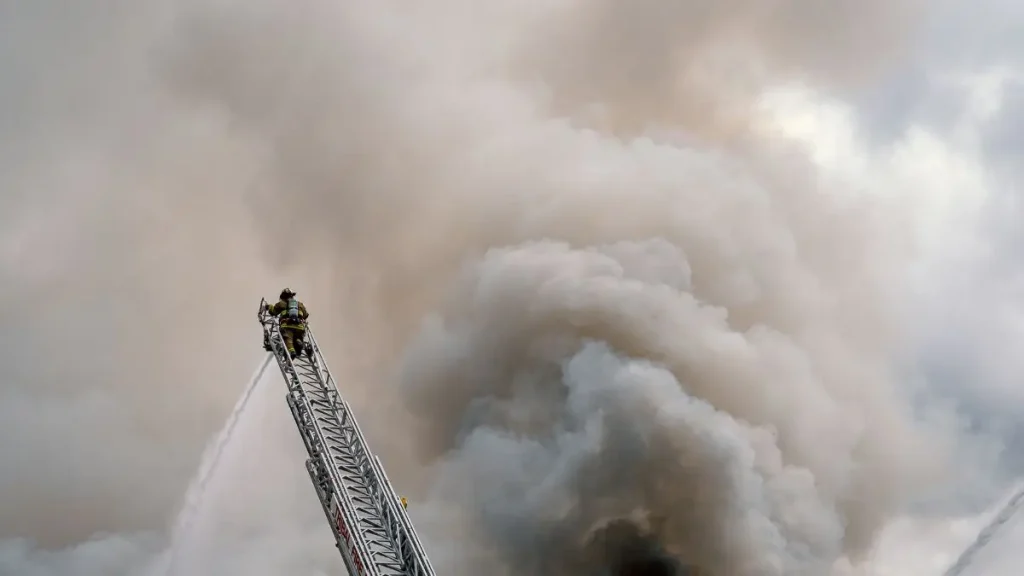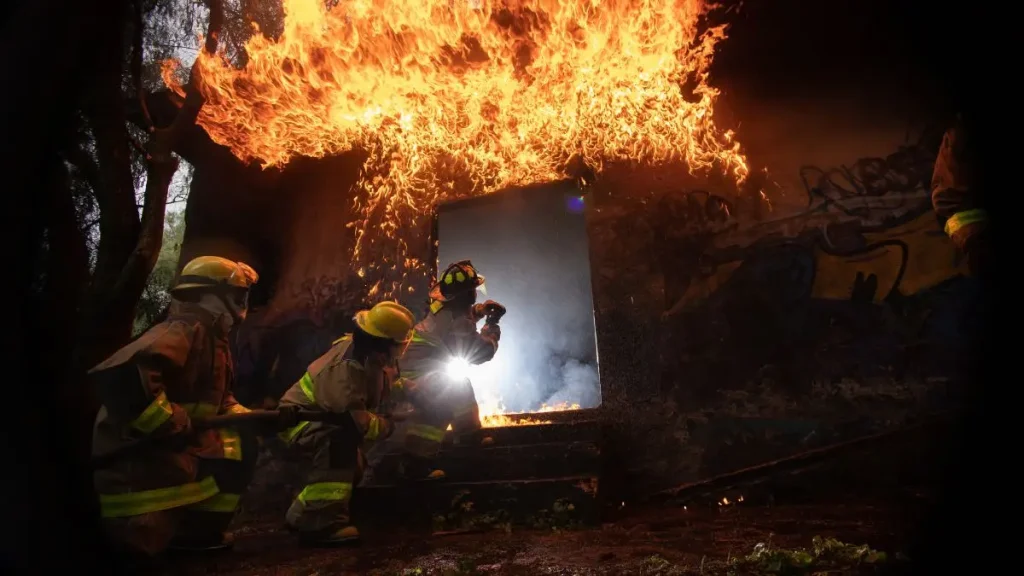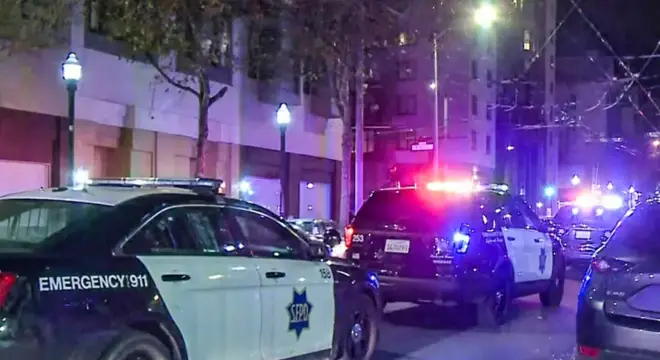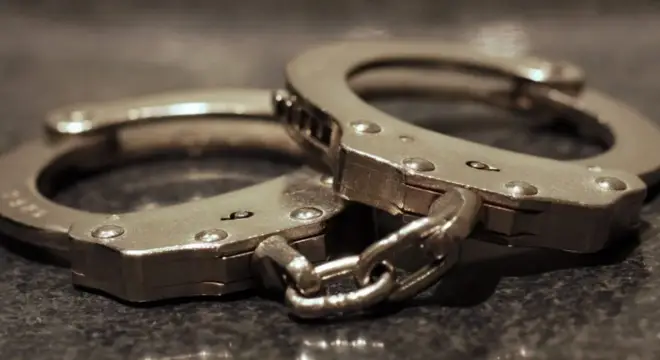Hawaii Firefighters Battle 2-Alarm Blaze, Family of 7 Displaced
When I first came across the news about the Nanakuli house fire, it stopped me in my tracks. A family of seven—five adults and two children—lost their home in a matter of hours. Thankfully, no one was hurt, but the fact that they walked away with nothing but each other is both heartbreaking and sobering.
According to officials, the blaze broke out around 2:30 p.m. near Farrington Highway, not far from Ulehawa Beach Park. By the time firefighters arrived, the single-story house was already engulfed. Crews worked for hours, finally bringing the flames under control by late afternoon.
I can’t help but picture what it must have felt like for that family, standing on the curb watching their home disappear. You and I both know—behind every quick headline like this is years of memories, belongings, and a sense of safety that’s hard to rebuild.
If you were in their shoes, what’s the first thing you’d think about saving?
Timeline of the Fire

The first 911 call came in at 2:33 p.m. on October 1, reporting flames tearing through a house near Farrington Highway, close to Ulehawa Beach Park. Within minutes, firefighters from multiple Honolulu stations were dispatched. But when they arrived, the home was already fully engulfed, with heavy smoke visible from the road.
According to KITV, crews wasted no time in mounting an aggressive attack. They set up multiple water lines, surrounded the structure, and worked to stop the flames from spreading to nearby homes. Still, the fire’s intensity made it difficult to gain control quickly.
It took until 4:41 p.m. before the blaze was declared under control, and only at 5:25 p.m. was it fully extinguished. In total, nearly three hours of constant firefighting went into stopping the blaze. If you think about it, that’s three hours where neighbors stood by, watching not just smoke, but memories and years of life being erased in front of them.
Similar intense responses were required in past incidents, like when a Detroit firefighter was injured while fighting a house fire, highlighting how unpredictable and dangerous residential fires can be.
Impact on the Family
Behind every headline about a fire, there’s a story of people whose lives have been upended. This one is no different. The home that burned was shelter to seven residents—five adults and two children—who suddenly found themselves without a roof over their heads.
Hawaii News Now reported that the American Red Cross stepped in quickly to help. Volunteers offered temporary housing, clothing, food, and emotional support. That kind of immediate aid makes a world of difference when you’re left with nothing but the clothes on your back.
It’s hard to imagine what the children must have felt, watching their rooms disappear in flames. For the parents, it’s the helplessness—knowing they can’t replace in a moment what took years to build. And for neighbors, it’s the shock of realizing how vulnerable any of us are when fire strikes.
What Investigators Are Looking At?
As the smoke cleared, the Honolulu Fire Department began the next step: figuring out what happened. An official investigation is already underway to determine the cause and origin of the fire, as well as to estimate the financial loss.
Investigators typically look at burn patterns, electrical systems, appliances, and witness accounts to piece together a timeline of how the fire started. In some cases, it’s a matter of faulty wiring. In others, unattended cooking or even deliberate ignition. Right now, the official cause hasn’t been released, which leaves both the family and community with unanswered questions.
For people living in Nanakuli, this uncertainty matters. If it turns out to be an electrical issue, other homes in the neighborhood might face similar risks. If it was something else—like arson—then safety concerns take on a very different meaning. Until investigators release their findings, the “why” of this fire remains an open wound.
Investigations like this are crucial, as seen in cases such as the tragic fire in Alpine Township where an 85-year-old man died, emphasizing why understanding the origin can prevent future losses.
Lessons About Safety and Prevention

Every time we hear about a house fire, there’s a temptation to shrug and think, “that won’t happen to me.” But the truth is, it happens to families who probably thought the same thing. Fires often start from small, everyday things: an overloaded outlet, a forgotten stove burner, or a single spark from faulty wiring.
There’s something you and I can take away from this tragedy. Check your smoke alarms today—don’t wait until next week. If you live in an older home, have an electrician look at the wiring. Talk to your family about what to do if the alarm ever goes off at night. Have an escape plan and practice it, even if it feels silly.
These small steps might seem obvious, but they’re the difference between a close call and a catastrophe. Prevention isn’t dramatic. It’s boring, it’s routine—but it works. And if we take anything from the Nanakuli fire, it should be that protecting your home starts long before the flames ever show up.
If you want quick, day-to-day safety tips and alerts straight to your phone, many local homeowners rely on community message groups for updates—these can be lifesaving reminders in emergencies.
The Bigger Picture in Oahu
Nanakuli’s fire isn’t just an isolated story—it’s part of a larger pattern. Honolulu Fire Department records show they respond to hundreds of structural fires each year across Oahu. Many of these happen in older neighborhoods where wiring, building materials, and even access for fire crews create added risks.
For communities like Nanakuli, the impact is magnified. These are close-knit families, where neighbors often function like extended relatives. When one house goes up in flames, everyone feels the loss. People open their doors, offer spare bedrooms, or rally around with food and donations. That sense of solidarity is powerful, but it also underscores how fragile security can be when disaster strikes.
Zooming out, it’s worth asking: how many families are one spark away from the same fate? And what resources—better fire education, stricter building codes, faster response times—could keep that spark from turning into another headline?
Real-life stories, like the heartbreaking Lee County fire that claimed the life of a 34-year-old woman, remind us that taking these precautions seriously can literally save lives.
What Happens Next?
The fire may be out, but the story isn’t over. Investigators are still combing through the debris to identify what started the blaze and to calculate the full damage. Until then, the family is in a holding pattern, leaning on the Red Cross and, most likely, friends and relatives to get through the days ahead.
For the rest of us watching, the next steps matter. If the cause turns out to be electrical, it might be a wake-up call for homeowners across Nanakuli to check their own systems. If it was accidental, it’s a reminder of how quickly an ordinary day can turn tragic. And if it was deliberate—something officials haven’t confirmed but can’t rule out—then the conversation shifts to safety and accountability on a whole new level.
Either way, this is a story that will unfold in weeks, not days. And if you live in Oahu, paying attention could mean more than curiosity—it could mean learning something that protects your own family.
Fire Safety Checklist for Homeowners
No one expects a fire, but preparation makes all the difference. Here are a few practical steps you can take right now:
- Test your smoke alarms at least once a month. Replace the batteries yearly.
- Create an escape plan with your family and practice it twice a year.
- Check electrical wiring—especially if your home is older—by having a licensed electrician inspect it.
- Keep fire extinguishers in your kitchen, garage, and near bedrooms.
- Never overload outlets or use damaged cords.
- Talk to your neighbors—in tight-knit communities like Nanakuli, knowing who you can call in an emergency matters.
The family in this fire didn’t have the chance to save their home. But you and I still have time to prepare. These aren’t just checkboxes—they’re lifelines.
Final Thoughts
Reading about the Nanakuli house fire, I keep thinking about how fragile our sense of security can be. In a single afternoon, a family went from the comfort of their home to having nothing but each other. It’s a stark reminder that life can change in an instant—and that preparation, awareness, and community matter more than we often give them credit for.
You might not live next to Farrington Highway, but this story still touches you. It asks a question: if the roles were reversed, would you be ready? Would your family know what to do? And beyond that, it invites you to think about the people around you—your neighbors, your community—because when tragedy strikes, we’re often stronger together than we are alone.
Take a moment to check your own smoke alarms, review your escape plan, or even reach out to neighbors to make sure everyone has a safety net. Fires like the one in Nanakuli aren’t just headlines—they’re lessons we can act on today.
So tell me, if you had to create an emergency plan for your home this week, what would be the first step you’d take?
For more tips on fire safety and real-life stories from firefighters, check out our Home Incidents section for detailed guides and expert advice.
Disclaimer: The information in this article is based on reports from the Honolulu Fire Department and local sources at the time of writing. Details may change as the investigation continues. This article is intended for informational purposes and does not replace official guidance or emergency advice.


